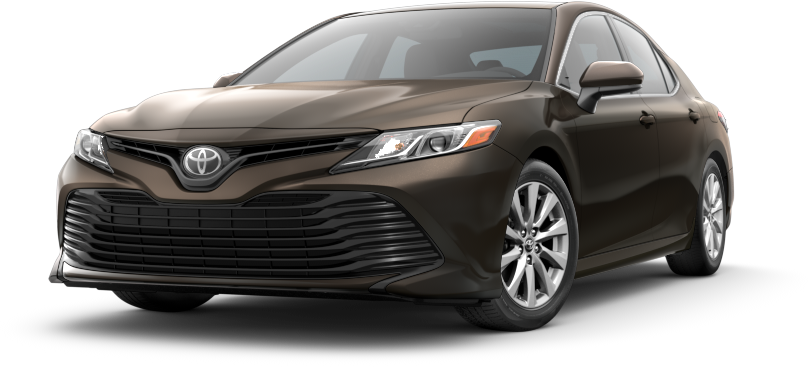
Side by Side: The 2016 Camry and the 2016 Altima
To understand just how tight the competition is for the best midsize sedan on the market, you have to take a look at the Camry vs. Altima comparison. Both vehicles are top performing models from innovative companies, and it takes a careful examination to find a solid set of differences between the two.
Engine Power and Size
To start things off, both vehicles have some very similar engine specs. The base models are only 4 horsepower apart in raw power measurements, with the same sizes and number of cylinders. The Altima is a little advantaged here though, because not only does it get those extra horses that let it rate at 182 hp to the Camry’s 178, it also managed to come out with better fuel economy, offering 27 mpg in the city and 39 on the highway. Camry gets 25 and 35 respectively, which is still very efficient, but it is far enough behind to make a real difference.
Those differences disappear when you upgrade both vehicles to their six cylinder models, though, with the Camry managing 31 mpg and 268 hp to the Altima’s 32 mpg and 270 hp. At that point, noticeable differences in efficiency and power can be overcome by particular driving styles, making both their average road performance pretty much equal.
Technology and Infotainment
Technology is where the Camry gets its clear advantage for the first time. Nissan has been upgrading the Altima’s features lately, providing Bluetooth support as well as a five inch display and support for Pandora. The Camry, on the other hand, provides an out of the box standard Etune touchscreen display, CD/Aux/USB, Bluetooth, and voice recognition. The extra features in this standard package clearly show that Toyota decided to focus on providing the most value for the dollar in the entire class when they planned their standard infotainment package.
Making a Choice
When it comes down to deciding between the two vehicles, the main factor other than personal style has to be price, if only because the performance of the two vehicles is so neck-and-neck. That is where Toyota gains a clear advantage, with the Camry’s best in class 5 year cost of ownership being hard to top because of the automaker’s traditionally low rates of depreciation. With Nissan’s increased average maintenance costs added to that, the advantage goes to the Camry with a $3,600 lower 5 year ownership cost, even with its slightly lower fuel efficiency. The choice is clear.


